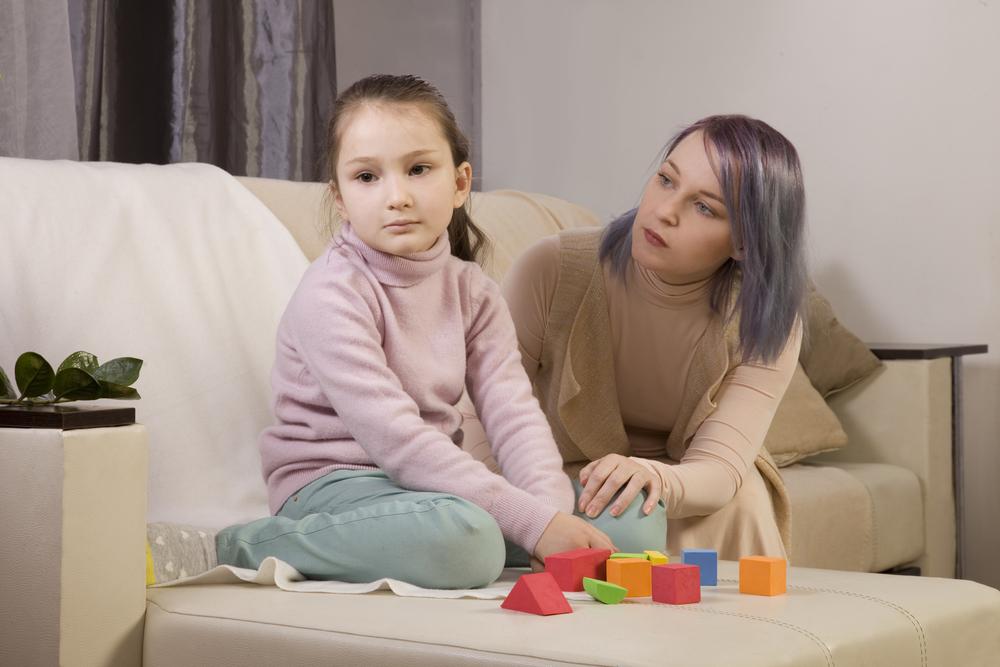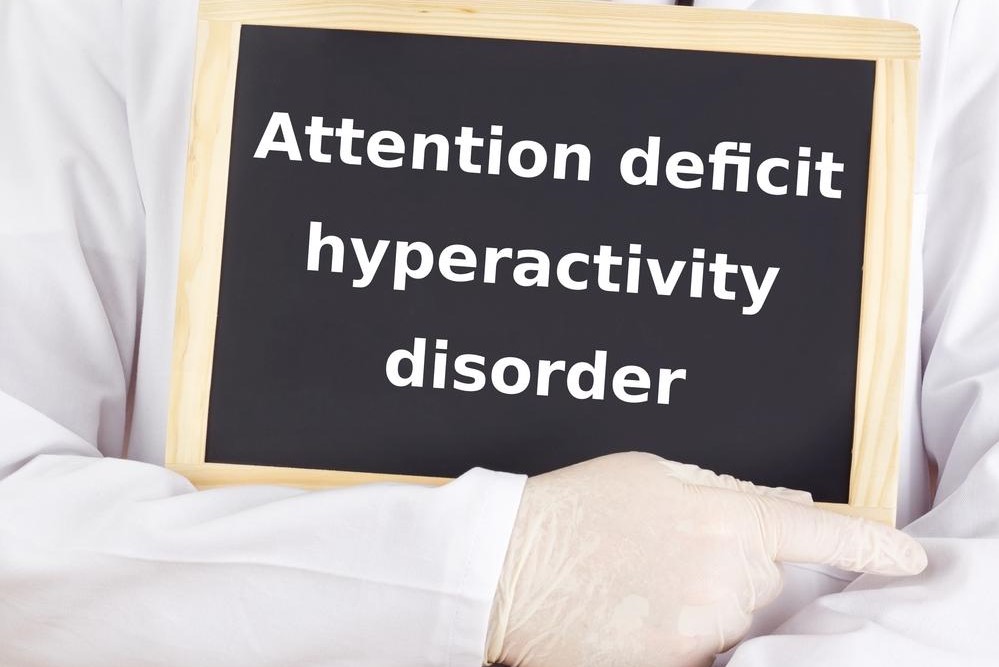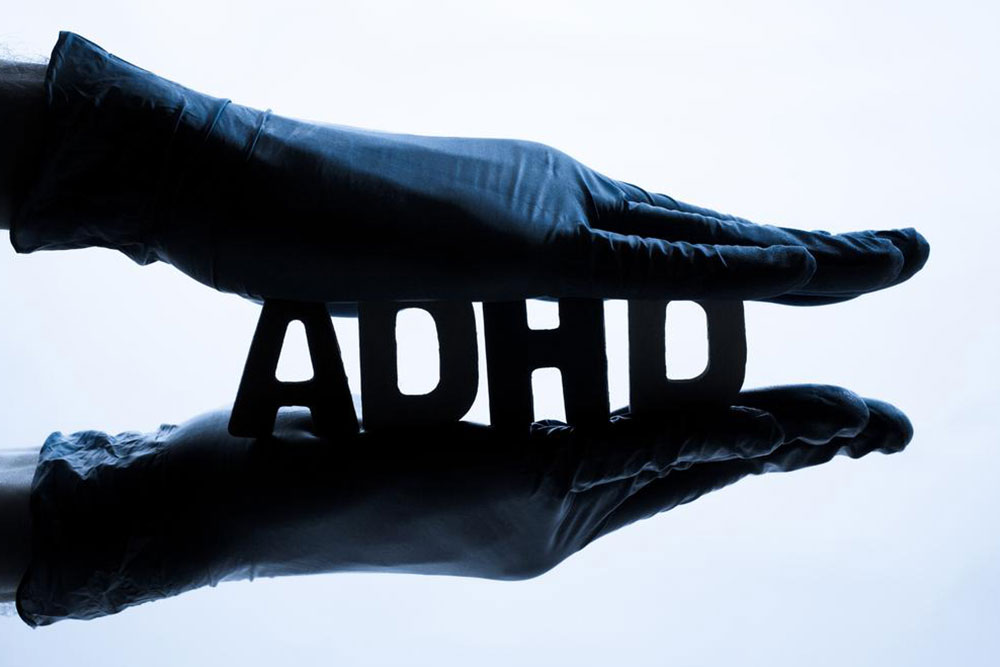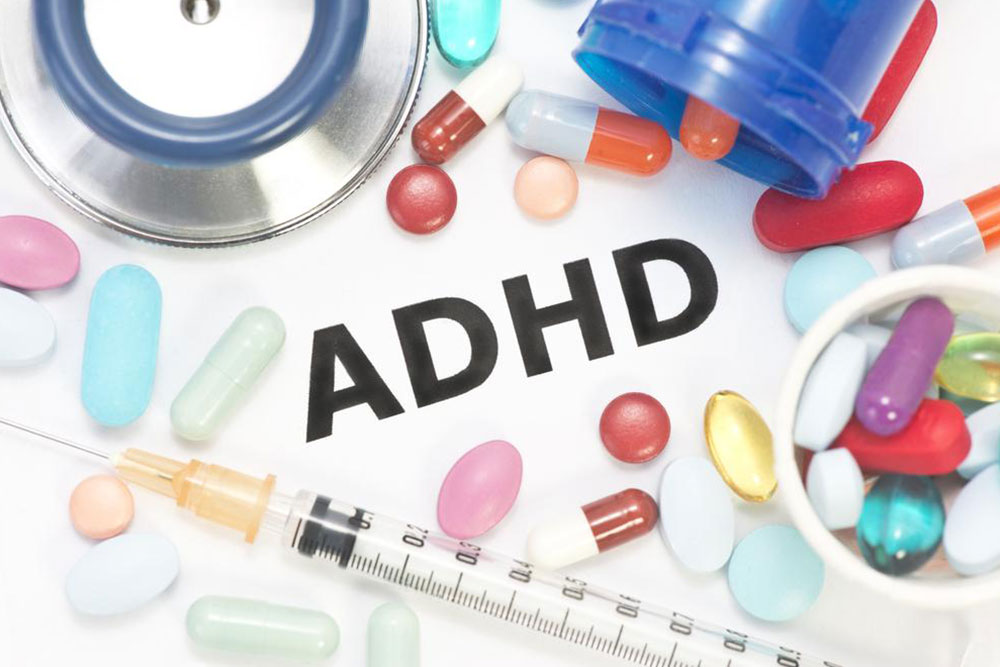Comprehensive Guide to Detecting ADHD Symptoms in Children: Essential Tips for Parents
This comprehensive guide helps parents recognize early signs of ADHD in children, emphasizing the importance of timely diagnosis and tailored interventions. It highlights the diverse symptoms, differentiates ADHD from other conditions, and shares insights into the strengths of children with ADHD, promoting understanding and support for their unique needs.

Comprehensive Guide to Detecting ADHD Symptoms in Children: Essential Tips for Parents
Effective Strategies for Identifying Attention Deficit Hyperactivity Disorder in Children
Children are naturally curious, energetic, and eager to explore their surroundings. These are typical traits of childhood development. However, some children display persistent behaviors that differ significantly from their peers—such as difficulty focusing, excessive fidgeting, impulsive actions, or trouble sitting still. Though occasional forgetfulness or daydreaming may seem normal, their persistent presence and impact on daily routines could be early indicators of Attention Deficit Hyperactivity Disorder (ADHD). Recognizing these signs promptly is crucial for initiating early intervention strategies that can significantly improve a child's developmental trajectory.
ADHD is characterized by ongoing patterns of inattention, hyperactivity, and impulsiveness that interfere with social, academic, and emotional well-being. According to developmental studies, symptoms typically emerge between the ages of 6 and 12, with many children exhibiting signs as early as age 4 or 5. However, because childhood behaviors can vary widely across individuals, distinguishing between normal developmental phases and signs of ADHD can be challenging. Therefore, a comprehensive understanding of typical versus disruptive behaviors is essential for parents and caregivers.
Discerning ADHD symptoms from normal childhood behaviors involves careful observation. If a child exhibits signs like frequent difficulty maintaining attention, impulsive decision-making, constant fidgeting, or excessive hyperactivity across multiple environments—such as at home, school, and social settings—it is advisable to seek professional evaluation. Early diagnosis allows healthcare providers to develop tailored intervention plans that may include behavioral therapy, educational accommodations, and, when appropriate, medication management.
Children with ADHD display a wide spectrum of behaviors. Some may predominantly experience inattention—seeming distracted or daydreaming—without notable hyperactivity or impulsiveness. Others may be highly energetic and impulsive, often acting without considering consequences, which can lead to disruptive classroom behavior or social challenges. Recognizing these diverse manifestations helps in understanding that ADHD is not a one-size-fits-all condition, but rather a spectrum of symptoms requiring individualized assessment and treatment plans.
While these behaviors are indicative of ADHD, it is important to distinguish them from other conditions that share similar traits. For example:
Learning difficulties such as dyslexia, language delays, or developmental delays can mimic ADHD symptoms but often have distinct underlying causes.
Behavioral responses to stress, trauma, or emotional disturbances might appear similar but require different approaches.
Psychological disorders like anxiety, depression, bipolar disorder, and oppositional defiant disorder can present with overlapping symptoms, emphasizing the need for professional diagnosis.
Underlying medical conditions—including thyroid imbalances or neurological disorders—may also influence attention and activity levels and should be ruled out before confirming an ADHD diagnosis.
Despite the challenges associated with ADHD, children diagnosed with the condition often possess unique strengths that can be nurtured. Recognizing these positive traits is essential for fostering a supportive environment conducive to their growth:
Their vivid imagination and daydreaming tend to foster creativity, artistic talent, and innovative thinking.
Heightened distractibility allows them to notice details that others might overlook, contributing to keen observational skills.
Their natural restlessness and energy can be channeled into active pursuits, sports, or dynamic learning activities, making them highly adaptable and open to new experiences.
Their enthusiastic and spontaneous nature makes them lively, engaging companions who often bring joy and vibrancy to social settings.
In conclusion, early recognition of ADHD symptoms plays a critical role in ensuring children receive the necessary support and interventions. Parents are encouraged to remain observant, document behavioral patterns, and seek professional assessment when concerns arise. Proper diagnosis and a tailored treatment plan not only improve academic performance and social skills but also boost a child’s confidence and emotional health—laying the foundation for a successful and well-balanced future.





